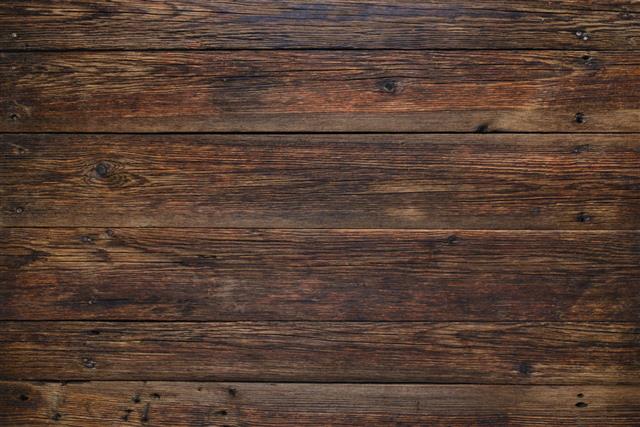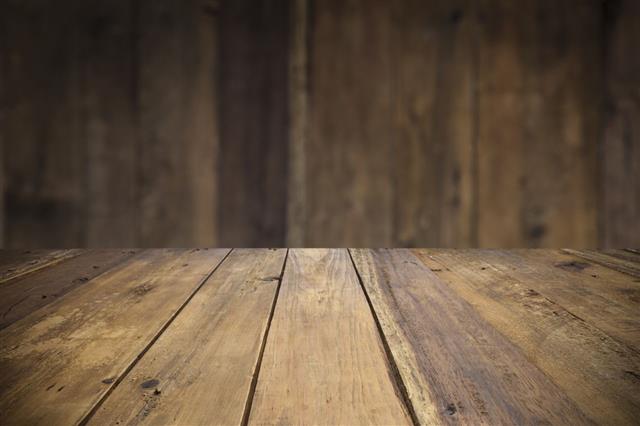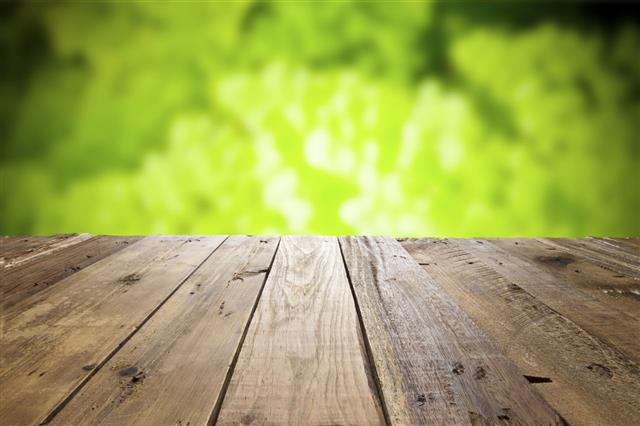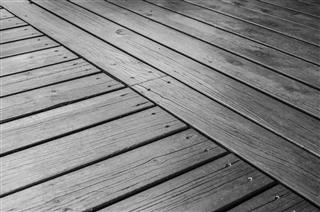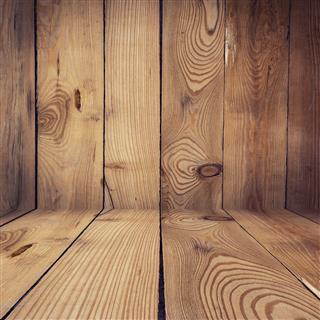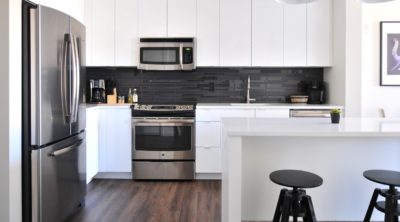
Oak flooring sheets can be graded in several different ways on the basis of distinct characteristics. Let’s read about these characteristics and the respective grades they are associated with.
Oak wood is an excellent type of hardwood flooring due to its inherent properties. Oak wood, both red and white, is quite sturdy, water-resistant, stiff, dense, and has coarse grains. This wood thus, is an excellent hardwood flooring material as it is durable, magnificent to have in the house, charismatic, and provides a great feel to the room and your bare feet. On the whole, it’s a great flooring material. There are three primary variants of oak wood that are used in hardwood flooring: White oak, Northern red oak, and Tasmanian oak.
Out of these, the first two are commonly used for flooring. There are individual characteristics of each variant of wood such as a hardness scale, which is determined by Janka. As per this scale, Northern red oak is the softest, with a hardness grade of 1290; then comes the Tasmanian oak, which has a hardness of 1350; and lastly, the White oak which is the hardest, with a grade of 1360.
Parameters for Grading
There are several parameters that are taken into consideration while grading any type of wood. The National Wood Flooring Association (NOFMA) has defined certain grades for wood types which are conventionally adopted in the United States for flooring. The most common parameters are mentioned below.
- The first important parameter on the basis of which the grade is decided is the color and grain. The plank of wood used for flooring is cut out from a tree trunk. The innermost wood, which has a very dark color, with dense and sturdy properties, is called heartwood. This wood is dense, strong, and the most durable. The outer wood, called sapwood, is not that dense and strong, and is also less expensive.
- The cut of the wood plank also pays a crucial role in the determination of its grade. The three common methods in which the wood plank is sawn off from the trunk include: tangent to center, perpendicular or quarter to center, and lastly, through the center. Every saw has a specialty of its own. The strength of every cut differs and the center sawed wood is the costliest, since it has the maximum strength.
- The last factor that determines the grade is the age and composition of the grain. A healthy, old tree which has been well weathered usually has the best grain and composition.
NOFMA Oak Flooring Grades
Now, the National Wood Flooring Association has provided the following grades for oak wood. The classifications are based upon the level of finishing or tuning.
Unfinished Wood
Unfinished wood is the cheapest and the least treated among all types. Such a kind of wood plank is merely sawed off from the trunk. No treatment such as a paint, seasoning, and staining is done on it. There are four grades of unfinished wood.
- Clear: The clear grade of wood is made up of heartwood and is defect-free, though there are some minor imperfections. It has a smooth, undisturbed, and continuous surface and length. It has a dark grain with a highly durable structure.
- Select: Select is one grade lower than clear and has a lighter, softer surface. Though there are no major flaws in this grade, there are some knots and color differences in the structure.
- No. 1 and 2 Common Wood: The number of knots and lightness of shade and strength of this grade is higher than the first two and as the quality of the wood grain and fiber diminishes, the grade goes on progressing such as 1,2,3, etc.
Finished Wood
Prefinished hardwood flooring is principally based upon the quality and depth of the finished planks.
- The first grade for factory finished goods is the prime finish. This is the best grade; the wood has the most consistent grain and the most even surface. A prime-finished wood plank has the best cured in-formalities in the wood grain. This plan is usually 3¼’ long and is made from clear and select unfinished wood grades.
- The second is the standard prefinished wood grade, which is made form Select grade wood, No. 1 and No. 2. Seasonal blemishes, small irregularities, and inconsistencies in the wood grain texture are observed.
- The last grade is the Tarven finished wood. Some unfilled characteristics, inconsistencies, and small blemishes are found in this wood variant.
The type of wood you select will depend on its utility, your budget, and the surrounding climatic conditions.

